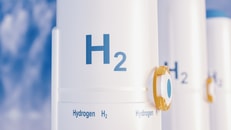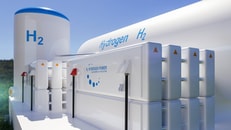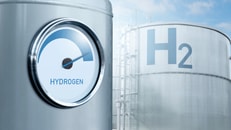US DOE injects $20m into geological hydrogen production
The US Department of Energy (DOE) has allocated $20m to develop technologies that can stimulate the generation of hydrogen within the subsurface at a low cost and with low environmental impact.
News of the funding follows the discovery of natural underground hydrogen deposits called geological hydrogen. The discovery found two main areas with the right conditions to make a lot of hydrogen. One is along the Atlantic coast, and the other is in the central US, covering parts of the Great Plains and the Upper Midwest.
The Atlantic area of interest stretches along most of the East Coast and is associated with a band of iron-rich rock layers buried deep beneath the ocean floor. Geophysical surveys have confirmed that some of the iron in these rocks has reacted with water and produced hydrogen, which most likely escaped from the iron-rich rocks and migrated along sedimentary layers toward the shore.
The central US area is related to rocks that were formed when an ancient rift almost split North America in two. The failed rift, known as the Midcontinent Rift, occurred over a billion years ago, and underlies Lake Superior and much of Iowa, Minnesota, and Michigan. Although the rift failed in dividing the continent, it did bring vast quantities of minerals to the upper layers of the Earth’s crust, including iron-rich minerals that could form hydrogen.
... to continue reading you must be subscribed






















